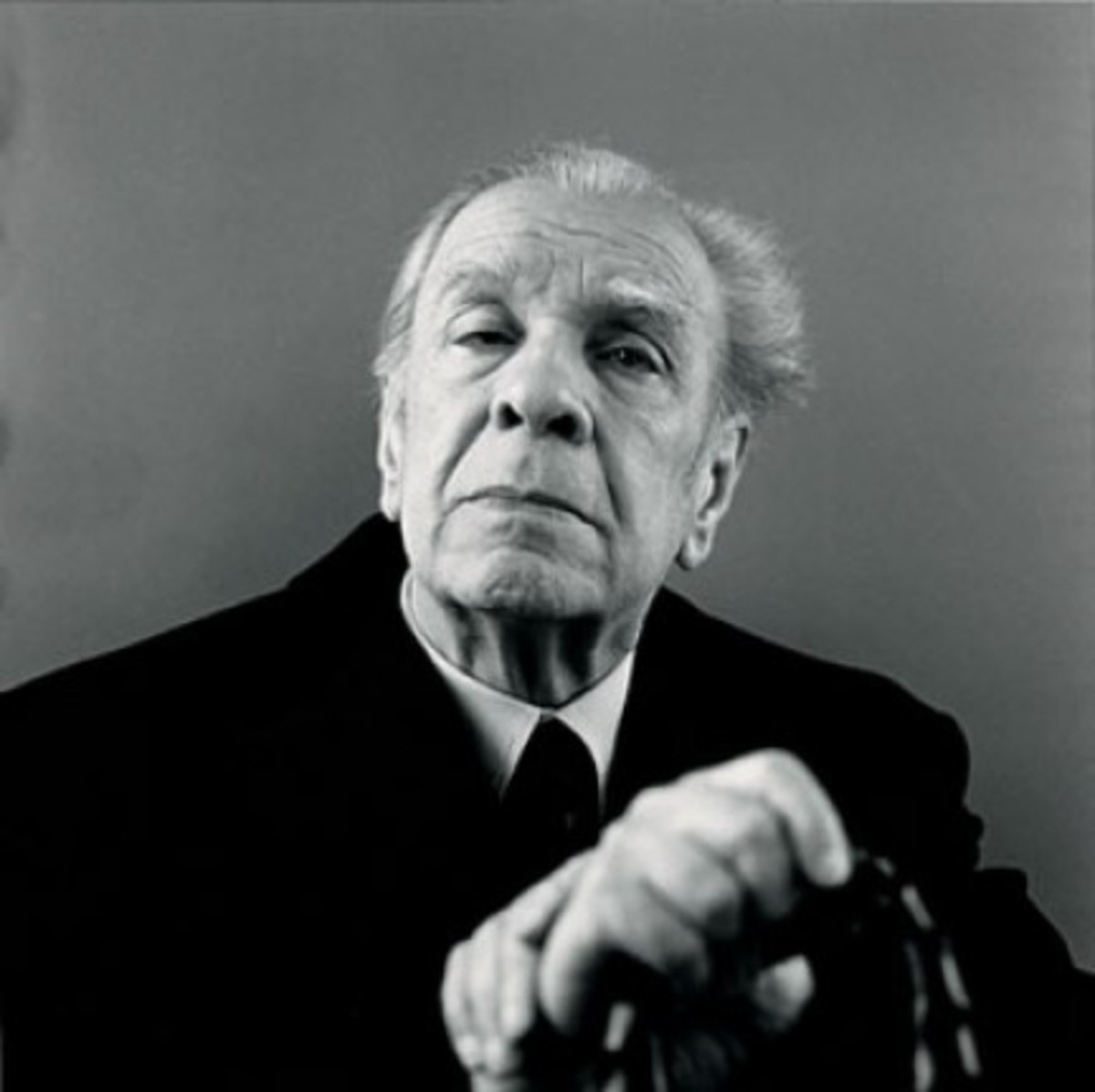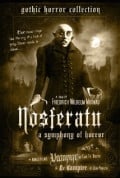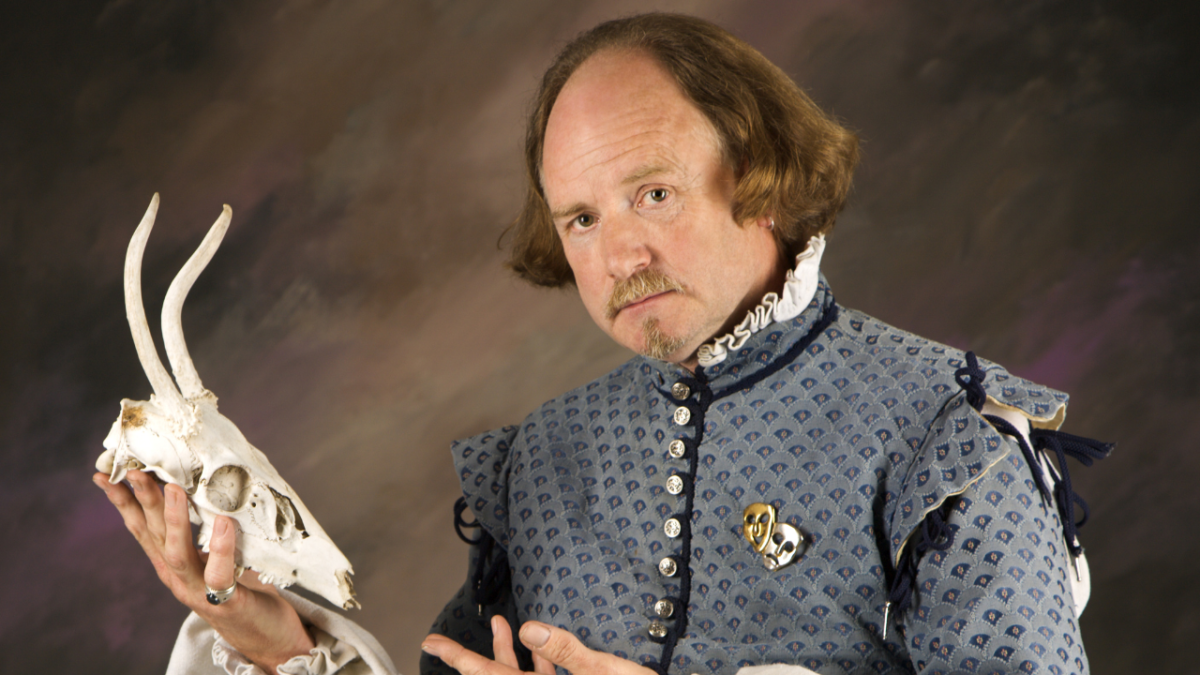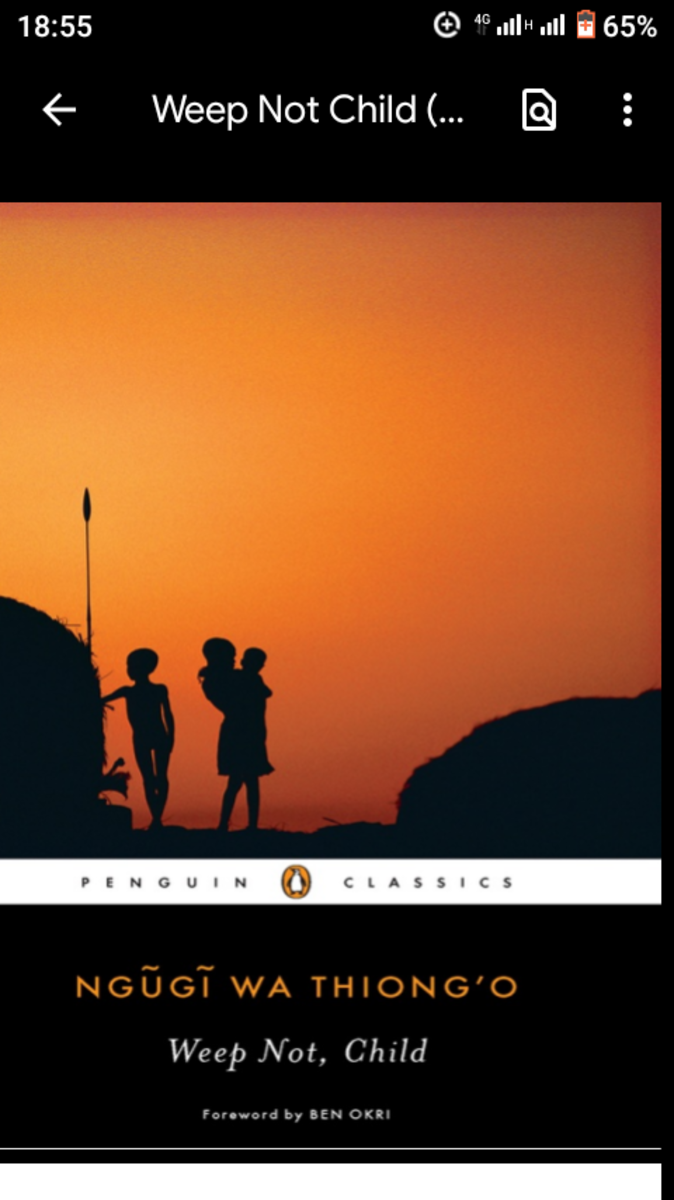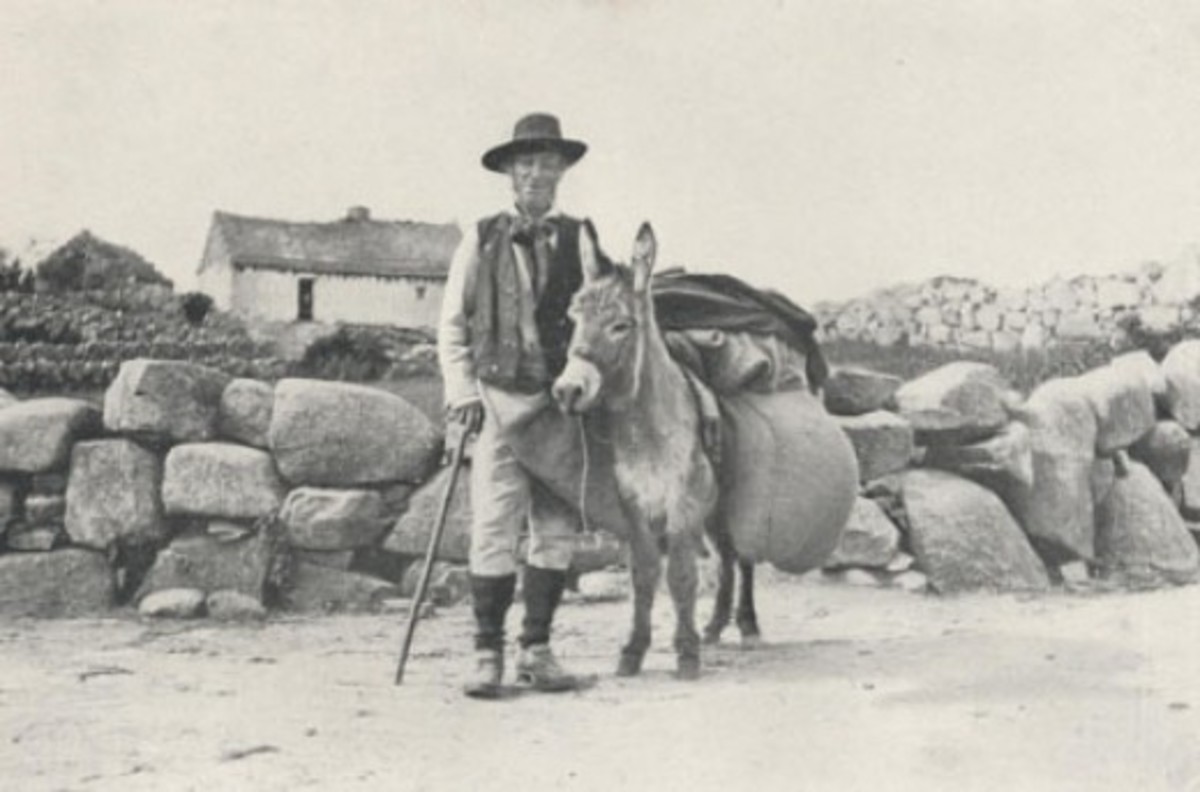A Vampire Narrative: How Vampires Have Changed in Literature

Vampires in Literature
If you focus on the biggies in Vampire literature from Bram Stoker’s classic, Dracula , to Anne Rice’s
The Vampire Chronicles, to Stephanie Meyer’s breakout Twilight Series, the serious changes this traditional monster has developed in the media becomes immediately obvious. Where before the vampire figure was a completely non human, dark mystery that scared the hell out of readers and visited nightmares, it is now a sparkling, sunlight dancing girlish fantasy to swoon over. Instead of focusing on why this change occurred through the centuries, I wanted to present each of the major vampires from these novels (Dracula, Lestat, and Edward) and let you see for yourself. Is this a good change in this monster’s character or have writers gone so far astray that the newer vampires are not really qualified to be in the same league?

Dracula
Bram Stoker’s Dracula (1897) produced probably the most lasting vampire figure in literature and media and still gives readers as much macabre imagery to satisfy their lust as it did in its first publication. Full of imagery, symbols, and superstition, this piece gives readers insight into English and European customs and gives them reason to look into the mythologies, religion, geography, and other aspects of the story that are not well known to the modern reader.
Dracula is scary, sinister, and sexy. He is unholy and undead, he can enslave those like Renfield and has an impenetrable gaze with crimson eyes. He sucks the lifeblood out of the helpless and pure and, although he is immortal, he can be killed with a simple stake to the heart or kept at bay with garlic.

Lestat
Anne Rice’s brat prince, Lestat, is one central figure through most of her chronicles, appearing first in Interview With the Vampire (1976). Where Dracula lives in darkness, Lestat remains in a grey area. Like his predecessor, he cannot go into the sunlight and, although it is unnecessary, he lives in a coffin. He is a blood sucker, life taker, and the perfect, handsome, vampire you love to hate.
Unlike Dracula, Lestat can withstand garlic and, although immortal, can be killed. The only sure way to achieve this is with fire or sunlight. This character allows readers to witness a vampire struggle with their humanity, connect with a monster, and fall in love with the blue eyed bad guy.

Edward
Stephanie Meyer’s Edward Cullen first appeared in Twilight (2005) before exploding onto the silver screen and media. His forefather lived in the dark, his predecessor in the grey, while he lives in the light. He believes in marriage (something an unholy vampire would not do) and in abstinence before marriage. He will only take the lives of animals and, to top it all off, he sparkles when he stands in the sunlight. He cannot sleep, has a controlled bloodlust (except when it comes to his love interest, Bella), and lives forever as a “hott” teenager full of angst for his monster lifestyle and urges.
Just like Dracula and Lestat, Edward is immortal but also killable, much to the delight of many a boyfriend or husband with a partner drooling over his sparkling body. Cut off his head and toss him into a fire and his golden eyes will be gone forever. Readers enjoy the romance, danger, and intrigue surrounding a romance with a vampire good guy.
Vampire Narratives
So what qualifies being a vampire? Do they have to sleep in a coffin? Stay out of the sun? Or be completely non-human/unholy? The vampire is a fascinating character with in the major figures and novels of literature throughout history but also as it changes and one steps back to look at the big picture and ask these kinds of questions. It seems that in a lot of ways, the vampire is being taken out of the realm of the supernatural and mysterious and brought into the world of humans as it loses many of its darker qualities. One can only wonder where they go from here.
© 2011 Lisa

